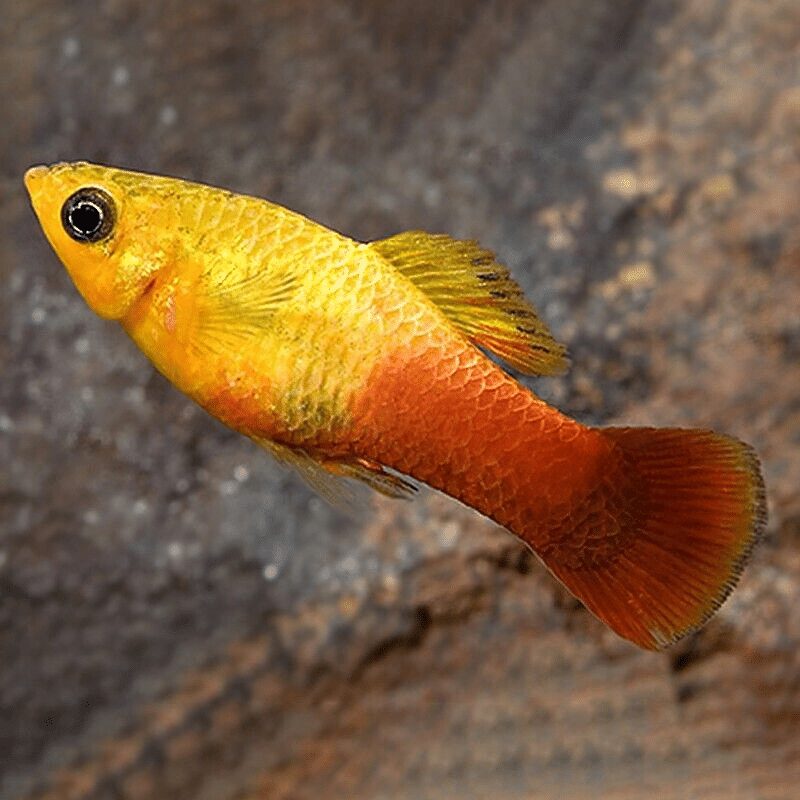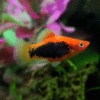To provide the best experiences, we use technologies like cookies to store and/or access device information. Consenting to these technologies will allow us to process data such as browsing behaviour or unique IDs on this site. Not consenting or withdrawing consent, may adversely affect certain features and functions.
The technical storage or access is strictly necessary for the legitimate purpose of enabling the use of a specific service explicitly requested by the subscriber or user, or for the sole purpose of carrying out the transmission of a communication over an electronic communications network.
The technical storage or access is necessary for the legitimate purpose of storing preferences that are not requested by the subscriber or user.
The technical storage or access that is used exclusively for statistical purposes.
The technical storage or access that is used exclusively for anonymous statistical purposes. Without a subpoena, voluntary compliance on the part of your Internet Service Provider, or additional records from a third party, information stored or retrieved for this purpose alone cannot usually be used to identify you.
The technical storage or access is required to create user profiles to send advertising, or to track the user on a website or across several websites for similar marketing purposes.
 Red Devil Vampire Crab - Geosesarma Hagen - Decapod Crustacean
2 × £8.71
Red Devil Vampire Crab - Geosesarma Hagen - Decapod Crustacean
2 × £8.71 


 Golden Eyes Vampire Crab - Geosesarma Sp. - Decapod Crustacean
2 × £8.71
Golden Eyes Vampire Crab - Geosesarma Sp. - Decapod Crustacean
2 × £8.71 












Emily Larson (verified owner) –
I recently added 10 Sunset Variegated Platies to my community tank, and I couldn’t be happier! These little tropical fish have brought so much joy to my aquarium. After about two months of observing them, I’ve noticed their vibrant colors truly shine, especially under the lighting I have. Each fish is unique, displaying a beautiful range of sunset hues that really captivate anyone who sees them.
What sets these platies apart from others I’ve kept, like guppies, is their calm demeanor and sociable nature. They thrive in a community setting, making them perfect for beginner aquarists looking to create a lively tank. I was pleasantly surprised by how quickly they adjusted, showcasing a healthy desire to explore their new environment.
I also appreciate that these fish are livebearers, which means they can be part of their own breeding cycle if you choose to allow that. However, keep an eye on their environment as they can breed quite easily!
Shipping was quick, and they arrived healthy with no signs of stress. If you’re considering adding tropical fish to your home, I highly recommend these platies. They not only enhance the visual appeal of my aquarium but also bring a sense of tranquility and happiness to my aquatic community.
Emily Carter (verified owner) –
I recently purchased the 10 X Sunset Variegated Platies, and I couldn’t be happier with my experience! These freshwater fish have brought such life and vibrancy to my community tank. They were shipped quickly and arrived in excellent condition, swimming energetically in their bag upon arrival. After just two weeks, I can see how well they adapt to their new environment, interacting beautifully with my other tropical fish. Their colors are absolutely stunning—especially the orange and yellow variations that contrast beautifully against my green plants.
As a caring fish parent, I always prioritize the health and happiness of my fish, and I’ve noticed that these platies are hardy and social, making them perfect for both beginners and seasoned aquarists. Compared to other livebearers I’ve kept, like guppies, I find that platies have a more gentle temperament, which has been great for my tank dynamics.
If you’re looking for vibrant and easy-care freshwater fish that thrive in community settings, I highly recommend adding these platies to your aquarium! I will definitely be purchasing more to expand my school.